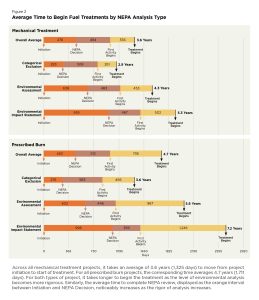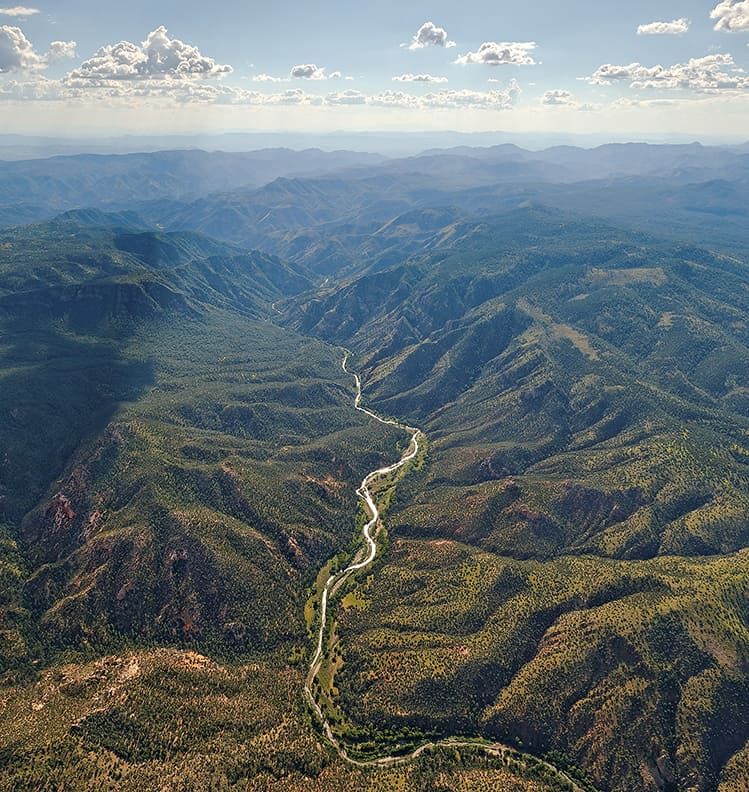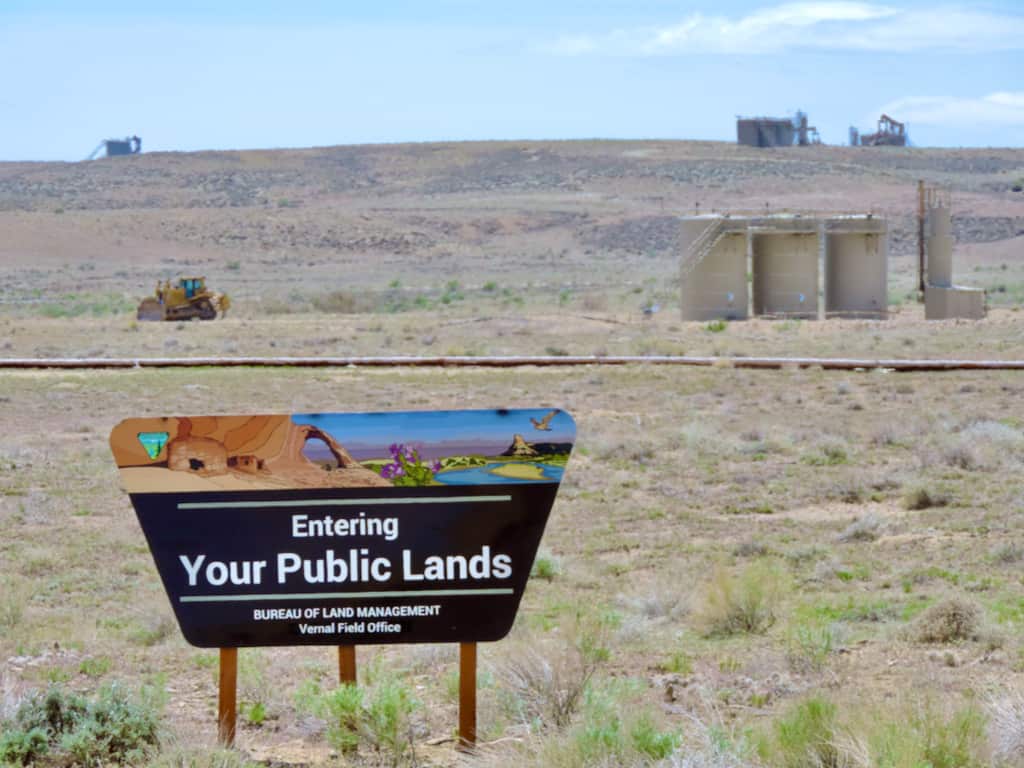I asked Peter to reflect on what trust means and how it can be improved. He generously contributed this series; this is the first of three parts. Thank you, Peter!
Sharon and I, along with several other folks, have been sharingideas about trust for some time here, especially recently and often around issues of wildland fire and prescribed burning. The main reason is, when it comes to public land management and natural resource management these days, many might say that trust is the coin of the realm. And, today, especially with wildland fire, stakes are getting higher and that coin is getting more valuable.
What do we mean by coin here? Well, when you have trust, you can get things done that might not otherwise be possible, you have earned trust that is like capital you can spend. When you don’t have it, it’s like having a deficit, a lack of capital. Even little things can take a big investment, often of other types of power but also often of real money, real capital.
Chief Moore recently ordered a pause on prescribed fires of USFS managed lands in part because of a loss of confidence, very related to trust (see TSW discussion HERE). Even much smaller, very local issues are often driven by trust or its absence.
But trust is one of those words, like power. We all think we know what it means, at least in some basic way. The more I look at it, though, the more convinced I am that trust has more depth and nuance as a concept than many of us realize. Perhaps more importantly, there are those pesky questions about how to build trust, how to keep it, how to work with it so it grows as part of a virtuous cycle and doesn’t become part of a viciousone.
I’ve found it helpful to look at trust in two ways. One is psychological because trust starts with individuals and is very personal. The other is sociological because trust works in verysocial ways. This article will focus on the psychological aspects and a second one will talk about the more sociological aspects. A final third article will try to tie some of these threads together in a discussion about building, keeping, and working with trust and with the understanding of trust suggested in the first two articles.
Psychologically, trust is often understood as having three interrelated aspects: cognitive, emotional, and behavioral. Cognitively, trust is based on what you think you know about a person or organization, a cognitive understanding of something that has happened in the past. Cognition, then, is the thinking, rational part of trust, the perception part.
Trust also is based on how you respond emotionally to what you think you know, like when you commit emotionally to what you believe about how a person or organization will behave in the future. Confidence in future behavior is a form of emotional trust. In a sense, emotion is the belief and feeling part of trust, what you feel or believe because of what you perceive.
Lastly, trust is also based in how a person behaves in response to what they feel and think, in response to emotion and cognition. In this sense, trust doesn’t exist unless someone is willing to act or behave in a trusting manner, unless there is a manifestation. Behavior, then, is the action part of trust, how you behave in response to what you perceive and feel.
Seeing trust as having these three psychological aspects—what you think, what you believe, and how you act—is helpful for at least two main reasons. First, it suggests that each informs the others, so understanding and thinking about all three is important. For example, if someone behaves like they trust you, you can assume they know or believe something good about your past behavior and are willing to believe your future behavior also will be good, however they might define good. Similarly, whether you perceive or think someone’s behavior is trustworthy is typically informed by what you believe or feel about that person, their organization, their community.
Second, this understanding of trust also suggests severalapproaches to building trust and an advantage to pursuing thosesimultaneously. To build trust, for example, you can behave in trustworthy ways others can experience and, thus, establish a cognitive basis for them to trust you. You might also appeal to someone on an emotional level, in a sense inviting them to see your behavior as trustworthy. And you can invite behavior from them that will build trust in others, that will encourage others to trust them.
Something to think about too is the relationship between trust and perceptions of risk. To build trust, for example, behaving in trustworthy ways often means behaving in ways that allow others to feel less at risk, less exposed. But what does that look like?
The key, it would seem, is to have some reasonable understanding—even if just a reasonable guess—of what makesthose folks feel at risk, what makes them feel vulnerable. For wildland fire, is it risk of property loss? Perhaps its risk tohealth or even personal safety. It also could be risk tocommunity, a loss of identity of some sort. Maybe it’s a loss of control. And these possible risks are typically related to each other, meaning it’s important to think about a range of plausible perceptions of risk, as opposed to worrying about which are most shared or some measure like that.
So, this look at a way to understand trust from a psychological perspective gives us some ideas for how to build trust. Yet, trust is also very social, which is what we’ll look at next.




